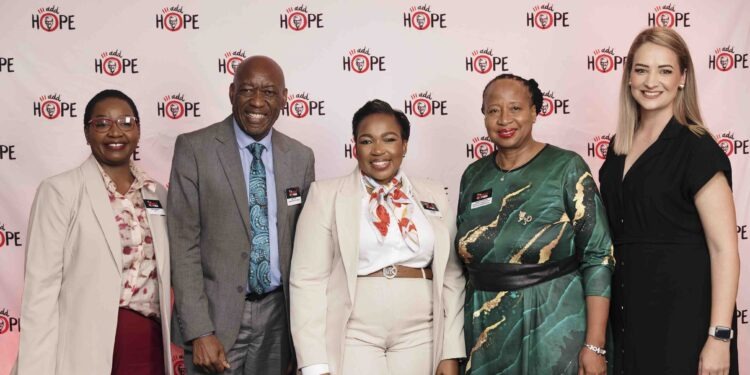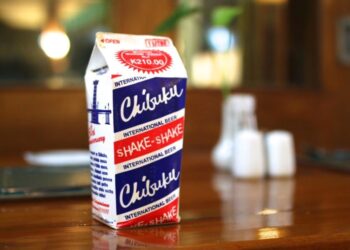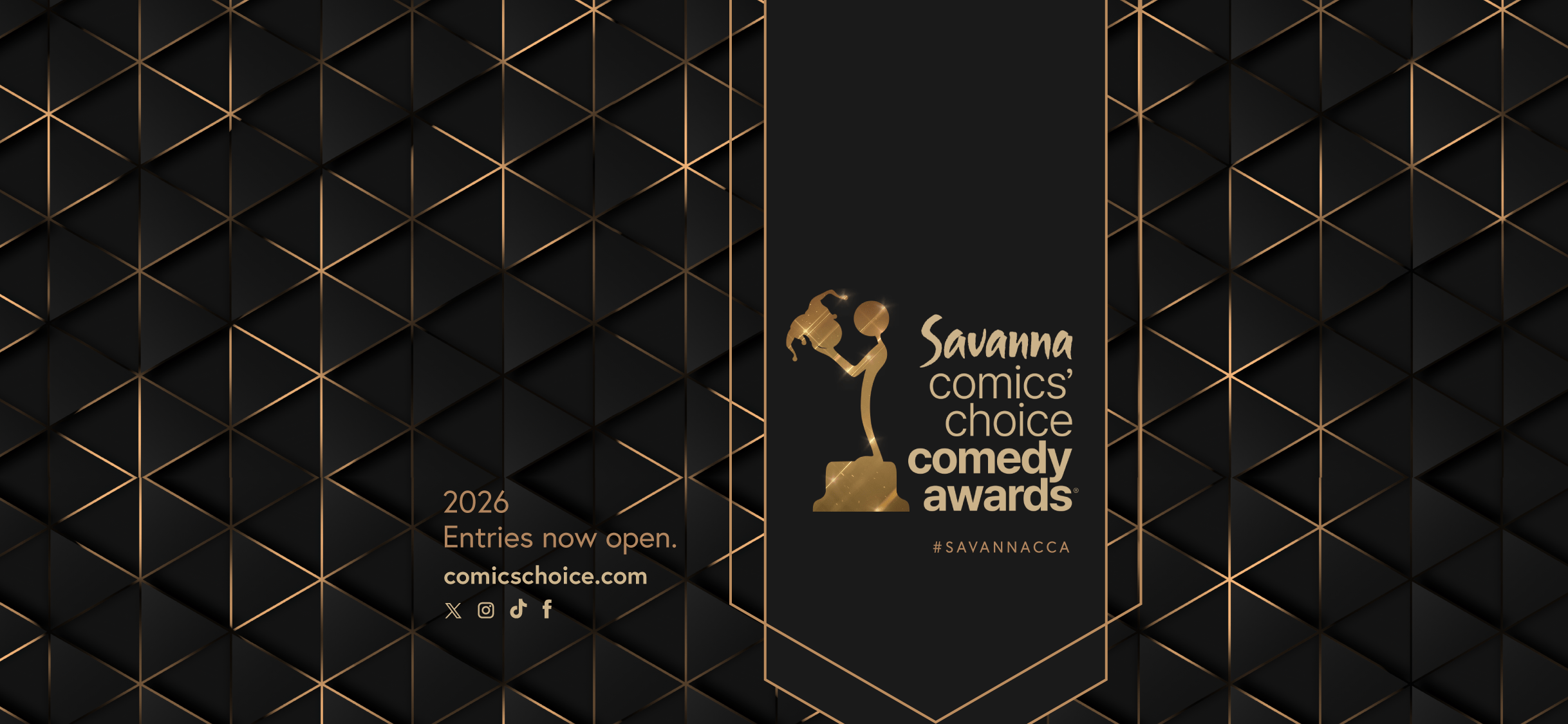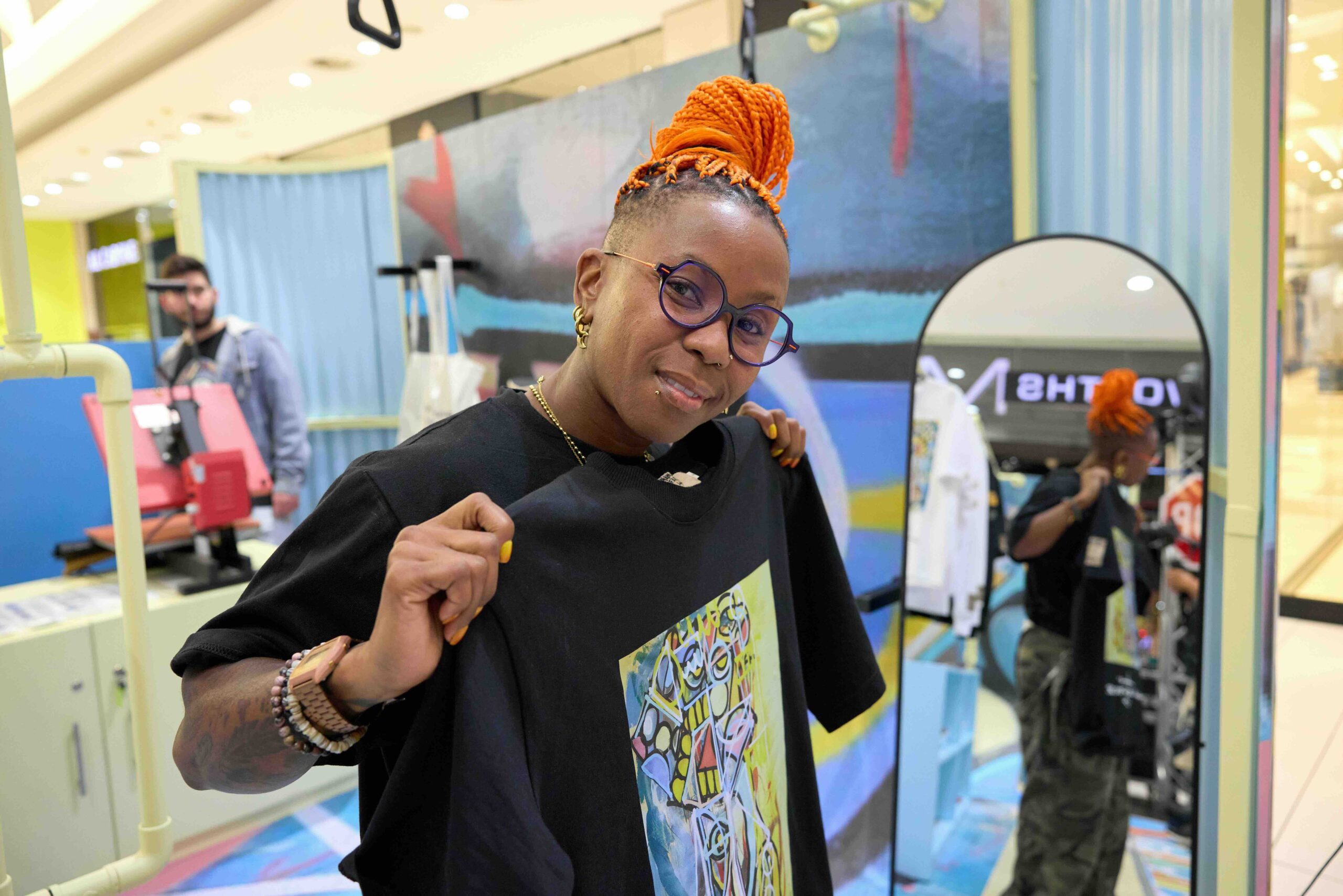KFC Africa has finally revealed its most powerful recipe — and it’s not the one you can taste. On 7 October 2025, at The Biggest Hunger Hack held in Johannesburg, the company unveiled to the world a recipe of hope, collaboration, and impact: the open-source blueprint of Add Hope, South Africa’s largest non-governmental feeding programme.
For the first time in its 16-year history, KFC Africa has open-sourced its Add Hope model — inviting organisations, innovators, and changemakers around the world to adopt, adapt, and scale the programme in honour of World Food Day (16 October). The goal is simple but revolutionary: to make hunger solvable.
A Recipe That Feeds a Movement
What began as a local feeding initiative funded by R2 customer donations has become a national collaboration that’s reached over 1 billion rand in contributions — with R600 million from the public and R400 million from KFC. Each meal served tells a story of shared humanity and the power of community.
Now, that story is being rewritten for the world to share.
At the University of Johannesburg (UJ), 60 of South Africa’s brightest young minds recently came together for a weeklong hackathon to supercharge Add Hope’s blueprint. Using Fourth Industrial Revolution tools, systems thinking, and data-driven innovation, these Gen Z innovators developed new ways to expand the programme’s reach and efficiency.
“Gen Z in Africa truly gets it,” says Andra Nel, KFC Africa’s Head of Corporate Affairs. “They’ve lived hunger, seen it, and understand technology and community better than most. So we gave them our blueprint — and they gave us fresh solutions for even more hope.”
The ideas that emerged will be tested and refined in coming months, leading to a collaborative, business-led proposal to be presented at a National Convention in early 2026. The winning team could receive up to R1 million in seed funding to bring their innovation to life — a Gen Z solution to end child hunger.
“This is the first time a major South African corporation has open-sourced a successful social impact model,” Nel adds. “We’re not just feeding children anymore — we’re feeding a movement. This is the secret recipe the world really needs.”
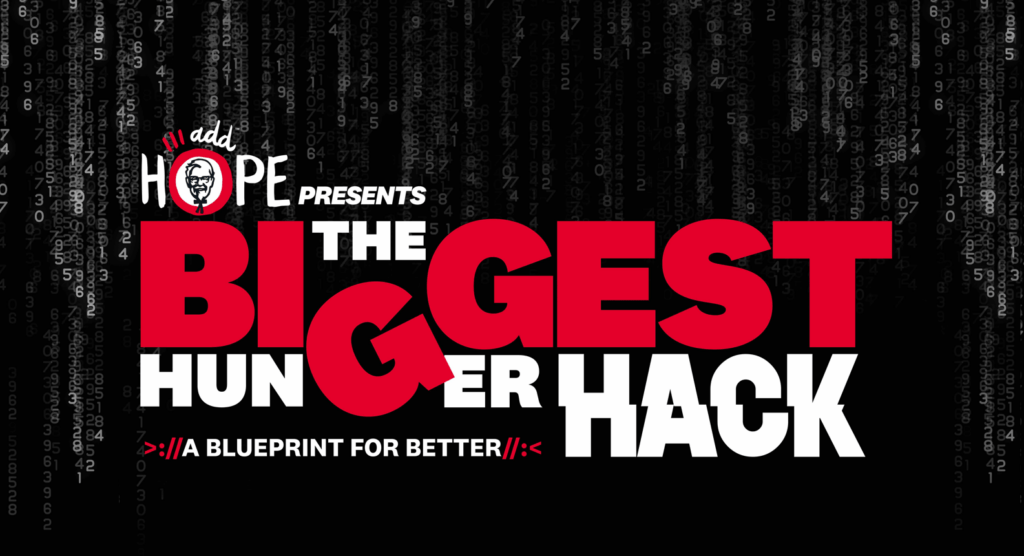
The Biggest Hunger Hack: Collaboration as the Key Ingredient
The Johannesburg event, hosted in partnership with UJ, united leaders from business, government, academia, and civil society in a single mission: to hack hunger through innovation.
Professor Letlhokwa Mpedi, UJ’s Vice-Chancellor and Principal, hailed the collaboration as a model for the future of education and impact:
“This partnership shows how young innovators, equipped with 4IR expertise, can develop scalable solutions for social challenges. We look forward to seeing how their ideas turn hunger into hope.”
New partnerships forged through the initiative — including McCormick, Digistics, Coca-Cola Beverages South Africa, Foodserv, Tiger Brands, CBH, and Nature’s Garden — are already strengthening Add Hope’s ecosystem, accelerating progress toward zero hunger.
Facing the Reality of Hunger
Despite years of progress, hunger remains one of South Africa’s most pressing challenges. Speakers at The Biggest Hunger Hack reminded the audience that behind every statistic is a child struggling to learn, grow, and dream.
Dr Imtiaz Sooliman, founder of Gift of the Givers, captured the urgency:
“When you go to a disaster site, the first thing people ask for is food. That hunger isn’t two hours old — it’s been there for days.”
Siya Leshabane of UN Women echoed the sentiment, linking hunger to inequality and education:
“Hungry children struggle to focus and retain information. It’s a struggle to take yourself out of that whirlwind.”
Luvuyo Sandi from Kagiso Trust added that hunger cannot be solved in isolation:
“A hungry child is a symptom of bigger issues — unemployment, income insecurity, and access to skills. We must address the ecosystem.”
Meanwhile, Dr Marc Aguirre of HOPE Worldwide reframed hunger as an economic crisis:
“Child hunger is not just a moral issue — it’s a national development emergency. Stunting costs South Africa billions annually, cutting our GDP by as much as 10%. Feeding children is not charity; it’s an investment in the country’s future.”
From feeding to flourishing, the message was clear: the only way forward is together.
Collaboration, the Real Secret Ingredient
Across the panel, a single theme resonated — collaboration is the currency of change. Individual feeding schemes cannot meet the scale of need, but collective systems can.
Kefilwe Moalosi from the African Union Development Agency stressed the importance of partnerships:
“We need to invest in collaboration as much as we invest in food. Malnutrition is not just a nutrition problem — it’s a development problem.”
Dr Sooliman summed it up best:
“There’s no shortage of money to fight hunger. What’s missing is coordination, trust, and shared purpose.”
A Future Fed by Hope
As the blueprint for Add Hope becomes open source, KFC Africa has done something few corporations have dared: turned a successful business-led initiative into a public good.
It’s an act of radical generosity — and a blueprint for how corporate South Africa can lead global social innovation.
Because sometimes, the most powerful recipes aren’t locked in vaults — they’re shared freely with the world.
And this one just might change it.



